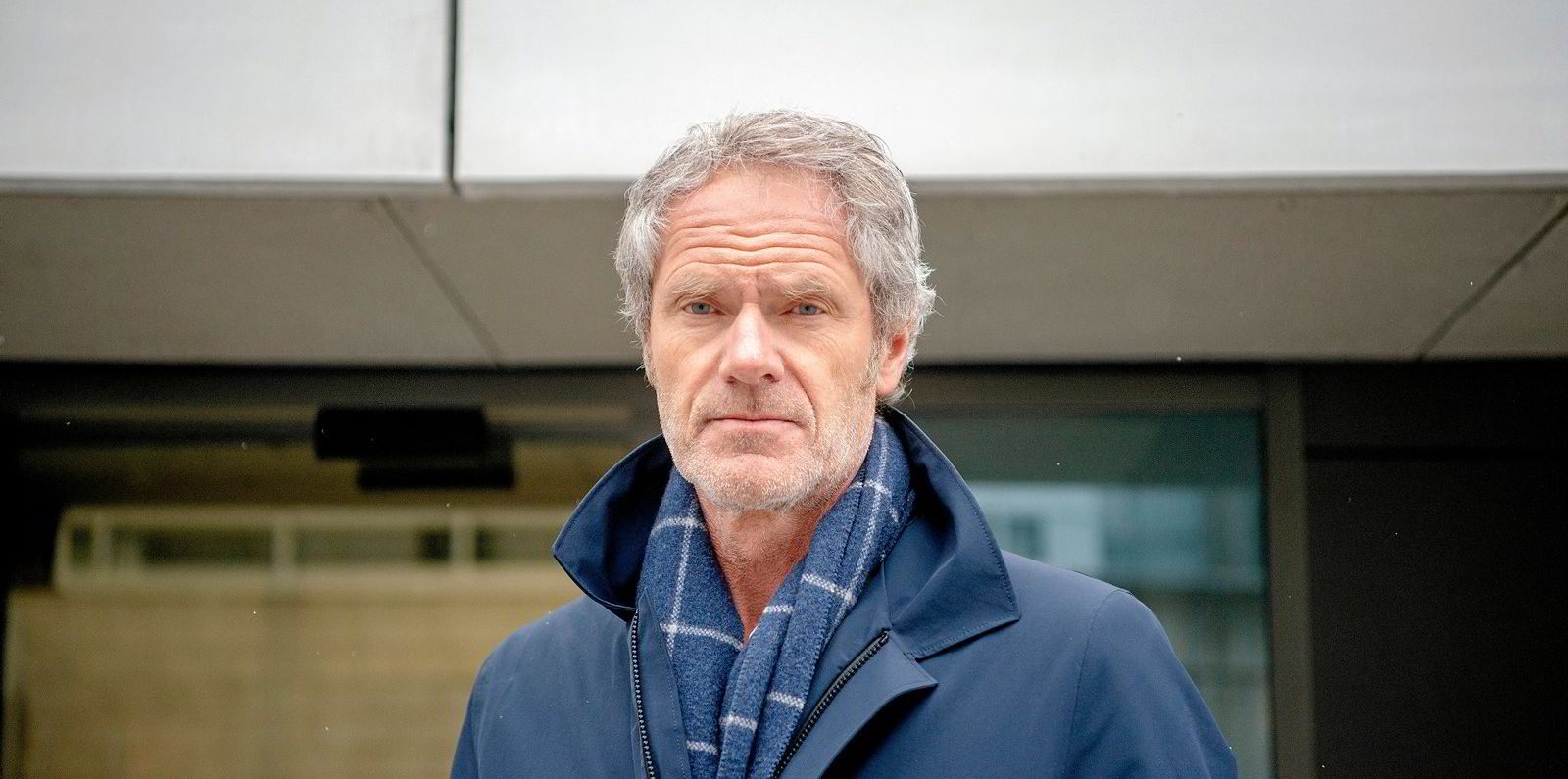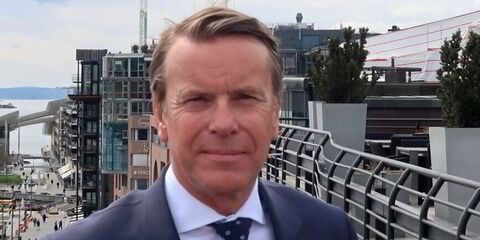Singapore’s BW LPG is staying positive on VLGC prospects for 2023 despite the recent crash in rates.
The Oslo-listed BW Group company reported net profit of $62.9m for the fourth quarter, down from $76.6m the year before.
Revenue was lower at $116.7m, compared to $137.9m in the same period of the previous year.
This was mainly due to a decrease in LPG spot rates and lower fleet utilisation, as two VLGCs underwent retrofitting with LPG dual-fuel engines.
The full-year profit was down at $186.4m from $243.9m in 2020.
Fourth-quarter Ebitda of $79m was well below analysts’ consensus at $92m, due to slightly lower achieved rates and fewer vessel days.
Expenses were also higher than expected, Fearnley Securities said.
Looking ahead, BW LPG said geopolitical uncertainty clouds the 2022 VLGC market.
“Near-term rate volatility could be triggered by factors such as bunker price shocks, changing trading patterns, unexpected LPG inventory management and changes to shipping inefficiencies,” the company believes.
For 2023 onwards, despite uncertainties caused by the heavy newbuilding delivery schedule and the implementation of IMO energy efficiency regulations, BW LPG said it remained confident about the long-term VLGC market.
Viable transition fuel
This is because LPG is still “a viable transition fuel towards decarbonisation and the use of cleaner energy,” the company said.
VLGC rates came in at $31,000 per day in the last three months of 2021, with 97% commercial utilisation.
Time charter coverage for 2022 stands at 22%, with an average rate of $32,900 per day.
VLGC spot rates have crashed from $50,000 in early January to $15,000 now.
Fearnleys put this down to a challenging product market and tight differentials leaving little room for freight.
“While the near-term developments look challenging, the current backdrop should stimulate LPG production and by extension improve the playing field for LPG shippers,” analysts Peder Nicolai Jarlsby, Erik Gabriel Hovi and Ulrik Mannhart said.
“Firstly, elevated hydrocarbon prices in itself should be a positive driver and stimulate US production, though noting seemingly more discipline for now. Secondly, increased demand for diversified hydrocarbon sources should also add support to the longer-term LPG story,” they added.
Investments and green loans
The shipowner has invested $92m on fleet upgrades and digitalisation in 2021.
These have realised $10m in savings over the year.
A total of 12 VLGCs have now been retrofitted with LPG dual-fuel propulsion engines, cutting greenhouse gas emissions 12% from the 2019 baseline.
Available liquidity of $453m is its highest since 2013, while the net debt leverage ratio of 35% is the lowest in seven years.
BW LPG has also increased its existing $221m loan facility with a $40m sustainability-linked loan (SLL).
“BW LPG’s first SLL demonstrates the company’s commitment to decarbonising shipping, and its continued access to competitive financing,” the shipowner said.(Copyright)



